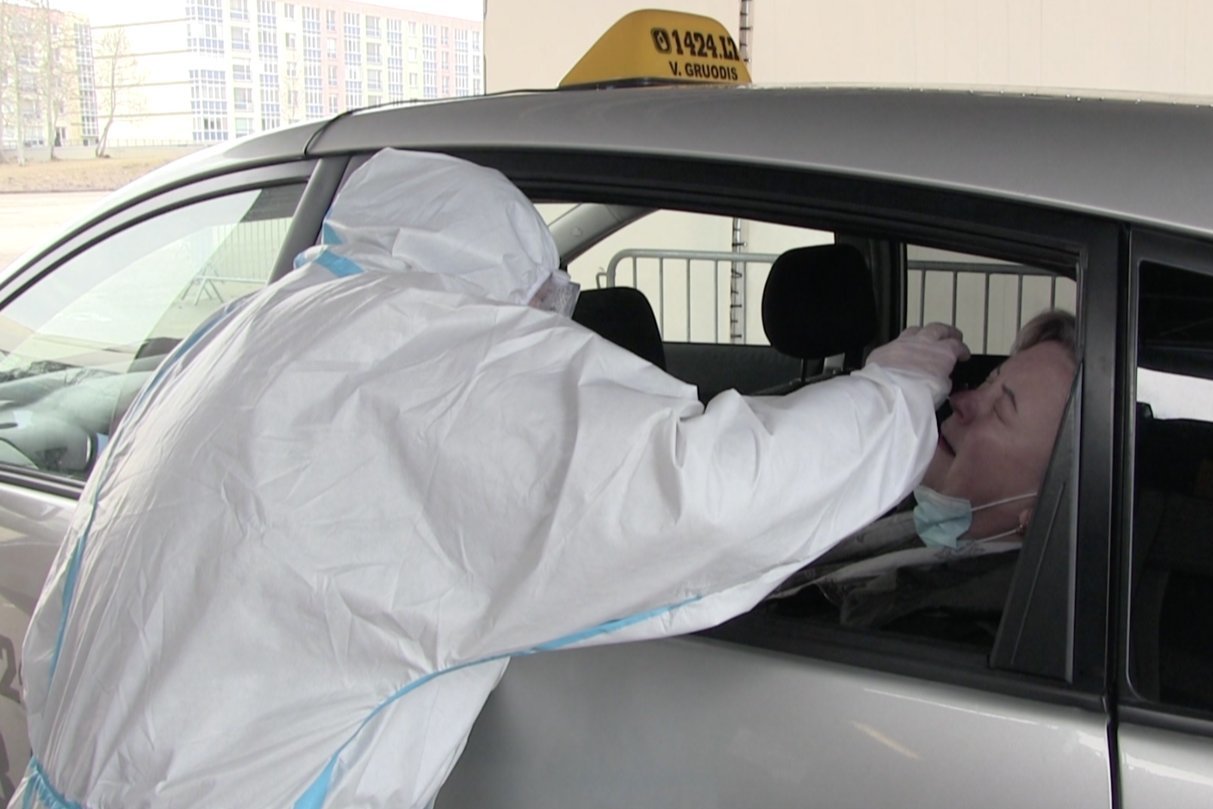
[ad_1]
Professor Kęstutis Sužiedėlis denies that the catheters disseminated on the social networks Facebook and TikTok allegedly do not sterilize the catheters, and that the sticks used to take the culture cause cancer.
“Rust cannot adhere or remain on surfaces. Even more so after the sterilization procedure is vented to remove ethylene oxide from those products. Apparently, someone has heard the debate about food, the recognition of a substance as a carcinogen, and that debate comes in. This is a myth, there is no reason for a person to get cancer from sterilized equipment.
Certainly, non-sterile catheters are not used in medicine. Clinics often purchase sterilization services that use ethylene oxide gas. Catheters, endoscopes, and other instruments should not be sterilized other than by using gas. Because high temperatures can damage devices ”, says the professor.

In fact, a lie arose
According to K. Sužiedėlis, this myth arose due to the history of ethylene oxide gas. The doctor recalls that in the past, this gas was used to sterilize food and then the gas was recognized as a carcinogen.
“The basis of this myth is that ethylene oxide itself is considered a carcinogen and has been widely used not only to sterilize medical devices, but also fruits, vegetables and food. But around 2000, a debate started in Europe that this was not appropriate for food sterilization.
Studies have also been carried out on workers who work in sterilization plants. It was observed that the longer they worked in these factories, the more often they developed neoplasms, but this did not exceed the general tumor development of the population that was not exposed to ethylene oxide.
It was decided to recognize ethylene oxide as a carcinogen that can cause neoplasms in humans and experimental animals, ”explains K. Sužiedėlis.
The process is strictly controlled
Nora Ribokienė, director of the State Service for Accreditation of Health Care Activities, states that the sterilization process is very strictly controlled.

“Ethylene oxide can penetrate small spaces inside medical devices and can be used for prepackaged medical devices. This method also has drawbacks. In particular, ethylene oxide gas is toxic to humans, so it is necessary to ensure that the sterilization process itself takes place in a sealed chamber.
Also, this method is more complex compared to other sterilization methods because it requires several steps. In particular, the preparation of the medical device itself, the performance of the sterilization and the removal of the gas remaining in the medical device.
Although ethylene oxide gas is considered carcinogenic, the sterilization process itself is strictly controlled to ensure that the residual gas left in medical devices is negligible and that medical devices are safe to use, ”explains N. Ribokienė.
[ad_2]